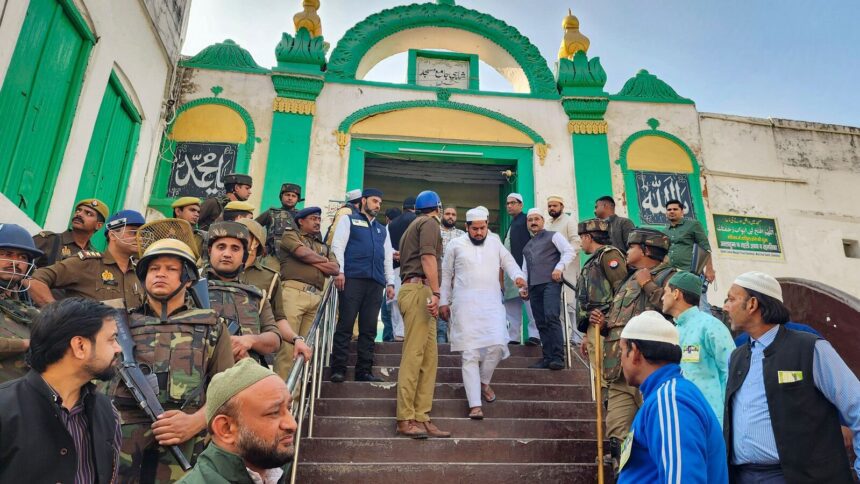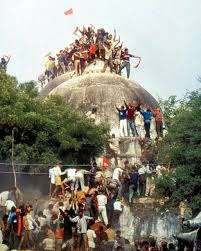Understanding the Places of Worship (Special Provisions) Act, 1991 and Its Recent Legal Controversies
The Places of Worship (Special Provisions) Act, 1991, enacted during the tenure of then-Prime Minister P.V. Narasimha Rao, is a significant piece of legislation in India aimed at maintaining the secular fabric of the nation. It prohibits the conversion of religious places and seeks to preserve the religious character of places of worship as they existed on August 15, 1947. This law was primarily introduced to quell rising communal tensions and to ensure that the status of religious sites remained unchanged over the decades that followed independence.
However, recent developments in the Indian judiciary have reignited debates over the Act’s constitutional validity. At the center of this controversy is a petition brought forth by Ashwini Kumar Upadhyay, a leader and lawyer affiliated with the Bharatiya Janata Party (BJP), who has challenged the Act in the Supreme Court. This petition has led to an array of responses, including a substantial move by the Indian National Congress party to defend the legislation from legal scrutiny.
Congress’s Intervention in Defense of the Act
On January 16, 2024, the Congress party filed an intervention application in the ongoing Public Interest Litigation (PIL) against the Places of Worship Act. In their application, they asserted that the Act is integral to safeguarding the principles of secularism which are enshrined in the Indian Constitution. The Congress party argues that the current challenge to the Act is driven by motives that could disrupt communal harmony—a foundation upon which the nation stands.
The party emphasized its historical role in the enactment of the Act, highlighting that it played a crucial part in drafting and passing the legislation when it had a majority alongside the Janata Dal in the Lok Sabha. This positions the Congress party not only as a defender of secularism but also as a firm advocate for the continuity of the legal framework that shields religious sites from disruption.
Potential Implications of Amendments to the Act
As the Supreme Court prepares to hear the case, the stakes are high. Opponents of the Act, particularly certain Hindu groups, argue that its provisions may unjustly favor minority communities and impede claims of maintaining historically significant Hindu religious sites. If the Court were to rule against the Act, it could open a Pandora’s box, whereby numerous disputes regarding the religious character of various sites—some dating back centuries—could emerge, leading to potential violence and further sectarian strife.
Conversely, the Congress party warns that any alteration to the Act could not only jeopardize India’s communal harmony but also pose a risk to the sovereignty and integrity of the nation. They claim that the Act plays a pivotal role in preventing disputes that could aggravate tensions between different religious communities.
Other Legal Entities Joining the Fray
In addition to the Congress party’s intervention, other groups have expressed their interest in becoming parties to the litigation. The Jamiat Ulama-i-Hind has approached the Supreme Court to weigh in on the issue, while the All India Majlis-e-Ittehad-ul-Muslimeen (AIMIM) has also sought to ensure the implementation of the Act. These developments indicate a growing coalition among various groups to preserve the Act’s provisions, underscoring its significance to the broader discourse on communal harmony in India.
Judicial Proceedings and Future Prospects
The Supreme Court is now faced with the challenge of balancing religious sentiments with constitutional mandates on secularism. In December 2024, the Court directed trial courts to refrain from issuing substantive orders or conducting surveys related to religious structures while the legal examination of the Act is pending. This ruling aims to mitigate immediate tensions while legal interpretations unfold.
As this case progresses through the judicial system, it could very well define the future of both secularism and religious coexistence in India. The resolution of these matters carries with it the weight of history and the potential to shape the nation’s trajectory in an increasingly complex socio-political landscape. The outcome not only has implications for legal precedent but also for the social fabric of a nation fundamentally built on the tenets of diversity and religious tolerance.
Conclusion
The debate surrounding the Places of Worship (Special Provisions) Act, 1991, is emblematic of the broader struggle to define secularism in India amidst a multifaceted and often charged socio-political environment. As the Supreme Court deliberates on this pivotal matter, the response from various political and communal groups underscores the significance of this legislation in maintaining a delicate balance between faith and governance. The discussions and decisions made in the coming months will undoubtedly resonate through India’s future, making it imperative for all stakeholders to engage thoughtfully in these crucial dialogues.










